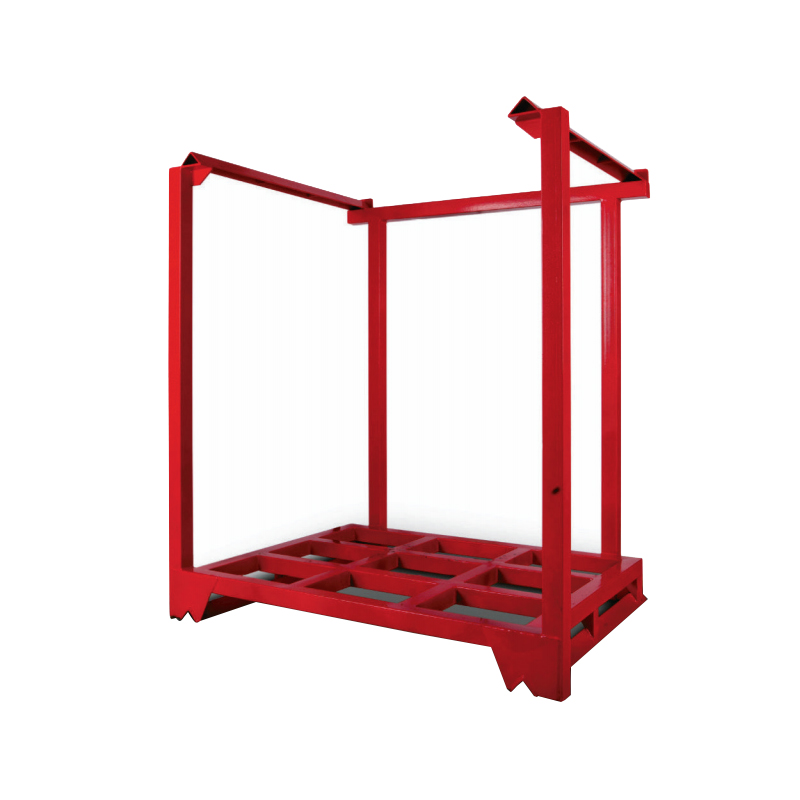Stacking racks optimize vertical space utilization in several ways compared to traditional shelving systems:
Vertical Storage Capacity:
Height Utilization: Stacking racks are designed to stack vertically, utilizing the full height of the warehouse or storage area. This maximizes the storage capacity per square foot of floor space.
Multiple Levels: Unlike traditional shelving systems that are limited to fixed shelf heights, stacking racks can accommodate varying heights and sizes of items by stacking them on top of each other.
Flexibility in Configuration:
Adjustable Heights: Stacking racks often have adjustable shelf heights or no fixed shelves at all, allowing for versatile configuration based on the height of the stored items.
Customizable Stacking: They can be stacked in different configurations (e.g., single stack, double stack) to match the height requirements of the stored inventory.

Optimized Handling and Accessibility:
Forklift Access: Stacking racks are typically designed to be compatible with forklifts, enabling efficient loading and unloading of goods at multiple levels.
Accessibility: Goods stored in stacking racks are easily accessible from various heights without the need for complex retrieval systems, improving operational efficiency.
Space Efficiency:
Compact Storage: By stacking items vertically, stacking racks reduce the footprint required for storing the same volume of goods compared to traditional shelving systems that may occupy more floor space.
Stacking and Nesting: When not in use, stacking racks can often be nested inside each other or collapsed, further saving space in storage or during transportation.
Handling Heavy or Bulky Items:
Weight Distribution: Stacking racks are designed to handle heavy or bulky items effectively by distributing weight evenly across multiple levels.
Stability: They provide stability and support for stacked items, reducing the risk of damage or collapse compared to shelving systems that may have weight limits per shelf.
Scalability and Adaptability:
Expansion: Stacking racks can easily accommodate changes in inventory volume or storage needs by adding or adjusting racks vertically, maintaining efficiency as storage requirements grow.
Adaptability: They are suitable for various industries and applications, from warehouses to retail environments, where vertical space optimization is crucial for inventory management.
Stacking racks optimize vertical space utilization by maximizing height capacity, offering flexibility in configuration and accessibility, efficiently handling heavy or bulky items, and providing scalability for changing storage needs. These advantages make stacking racks a preferred choice in environments where efficient use of vertical space is essential for storage and logistics operations.
